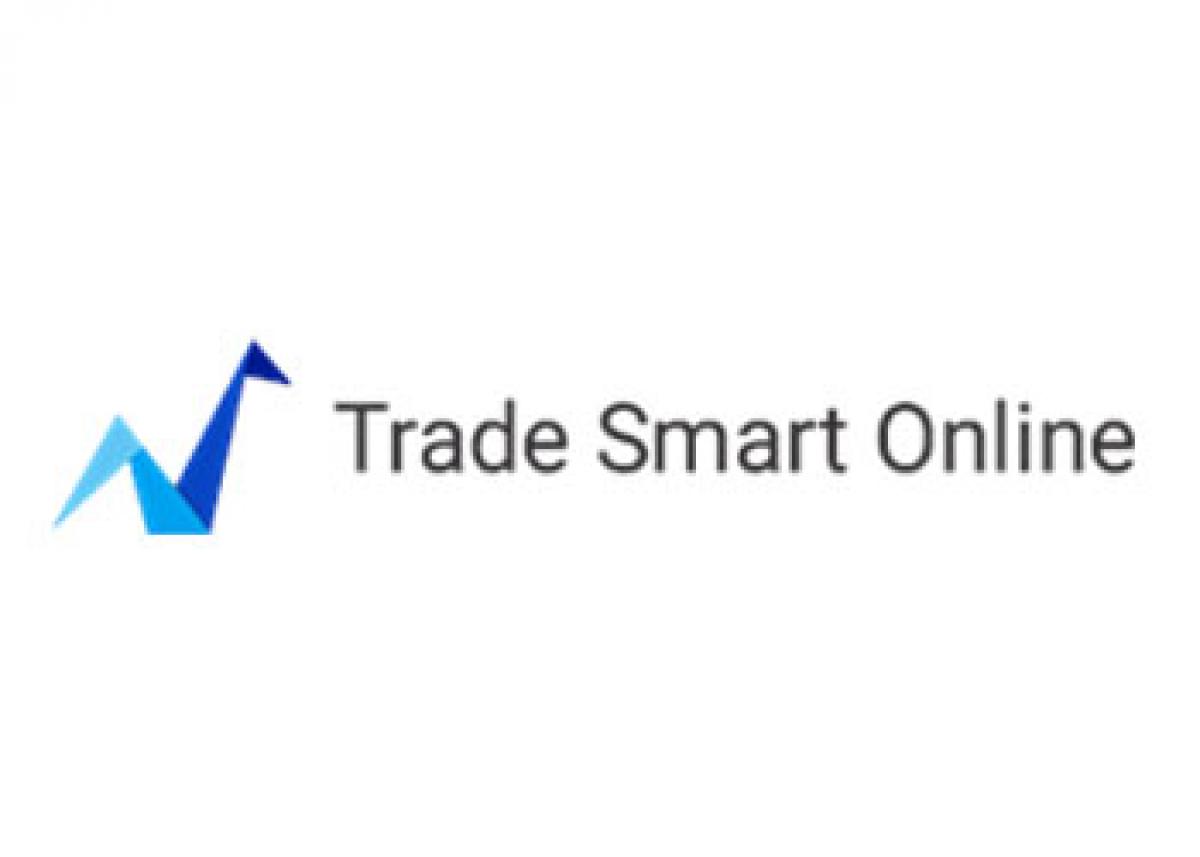Live
- A Guide to Temperature and Humidity Standards in Data Center Server Rooms
- Gadwal collector briefs on details of voters
- Jupally Krishna Rao takes part in Alampur rallu
- Bharath Prasad files 3rd Nomination
- Baisakh Month: A Time of Auspicious Beginnings and Sacred Festivals
- Oust BJD govt for overall development, says Shah
- Unveiling the Hidden Gems: Surprising Health Benefits of Garlic Peels
- Overcoming Sleep Struggles: A Comprehensive Guide to a Restful Night
- RTC bus hit the auto
- MLA Kuchukula Rajesh Reddy participated in the Birappa festival
Just In
Discount broking set to disrupt equity trading habits of investors says Vikas Singhania, Trade Smart Online


Trade Smart Online, a leading discount broking firm, is looking to disrupt the equity trading habits of investors by reducing the cost of trading in shares through unbundling of services and use of technology.
Bangalore : Trade Smart Online, a leading discount broking firm, is looking to disrupt the equity trading habits of investors by reducing the cost of trading in shares through unbundling of services and use of technology.
Vikas Singhania, executive director of Trade Smart Online, expects the current 10-15% market share of discount broking segment to expand to 40-50% in the next 24-36 months. "The share of discount brokers is going to go up from the current 10-15% to 40-50% of the entire industry over the next 24-36 months. Our segment is growing by 100% every year while that of the traditional broking segment is declining. The shift in market share has begun to happen and technology is playing a great role in this disruption," he said. “We believe going forward broking houses will compete on technology rather than commissions. Broking firms which offer better and faster trading platform will have the edge in business,” he added.
Trade Smart Online currently has around 26,000 clients across the country with a daily traded turnover of around Rs 2,500 crore. Of the total number of clients, 60% were those who had moved from incumbent players to their platform while 40% were new clients. The broking house charges a flat fee of Rs 15 per transaction instead of the 0.04-.20% fee on the traded amount being charged by incumbents, bringing down the charges by over 95%. Mr. Vikas Singhania explained that if Rs 1 lakh traded amount would cost a trader Rs 400 with a traditional broking firm, the same would cost just Rs 30 per (buy and sell) transaction with a discount broking firm. Flat fee model was first introduced by broker Charles Schwab in the US in 1990s. It led to a surge in the equity trading in the US market.
"We have launched our execution fee platform, where irrespective of your transaction size you pay Rs 15 per transaction. This results in about 95% saving for our clients. Bundling of services results in lack of transparency because you don't know what you are paying for. By default, you end up paying the entire bundled fee, which results in excessive pricing for the customer," said Mr Vikas Singhania.
Trade Smart Online is now entering into next level of growth with the launch of its margin funding product Equimax for customers who looking to leverage and buy equities in the cash market. Under EquiMax, a customer will get “an exposure up to four times the cash balance for delivery. For example, if a customer has Rs 1 lakh in his account, then he can leverage its position and still buy stocks up to Rs. 4 lakh.” This facility will be currently available only on the NSE Cash segment. Typically, it’s a temporary loan that a trader takes from his brokerage to fund share purchases which he cannot immediately fund himself. Debit balance arising out of such funding will attract an interest of 0.05 per cent per day. If there is no ledger debit at the end of the day, no interest will be charged. The facility will be available on desktop, mobile and browser versions of the trading platform.
Margin funding facilities give traders access to temporary and long-term funding for cash market purchases. “After the recent increase in lot size in the futures and options segment,” the statement added, “EquiMax will make it easier for smaller traders/hedgers to trade in the market.”
The margin funding business in India is roughly estimated at $1-billion industry, which is entirely owned by traditional brokerage houses. Vikas Singhania, Executive Director, Trade Smart Online, said, “We would leverage on the Rs. 50 crore fund size, with borrowings from banks and NBFCs, and are targeting an Rs 200 crore book size by March 2017."

© 2024 Hyderabad Media House Limited/The Hans India. All rights reserved. Powered by hocalwire.com






